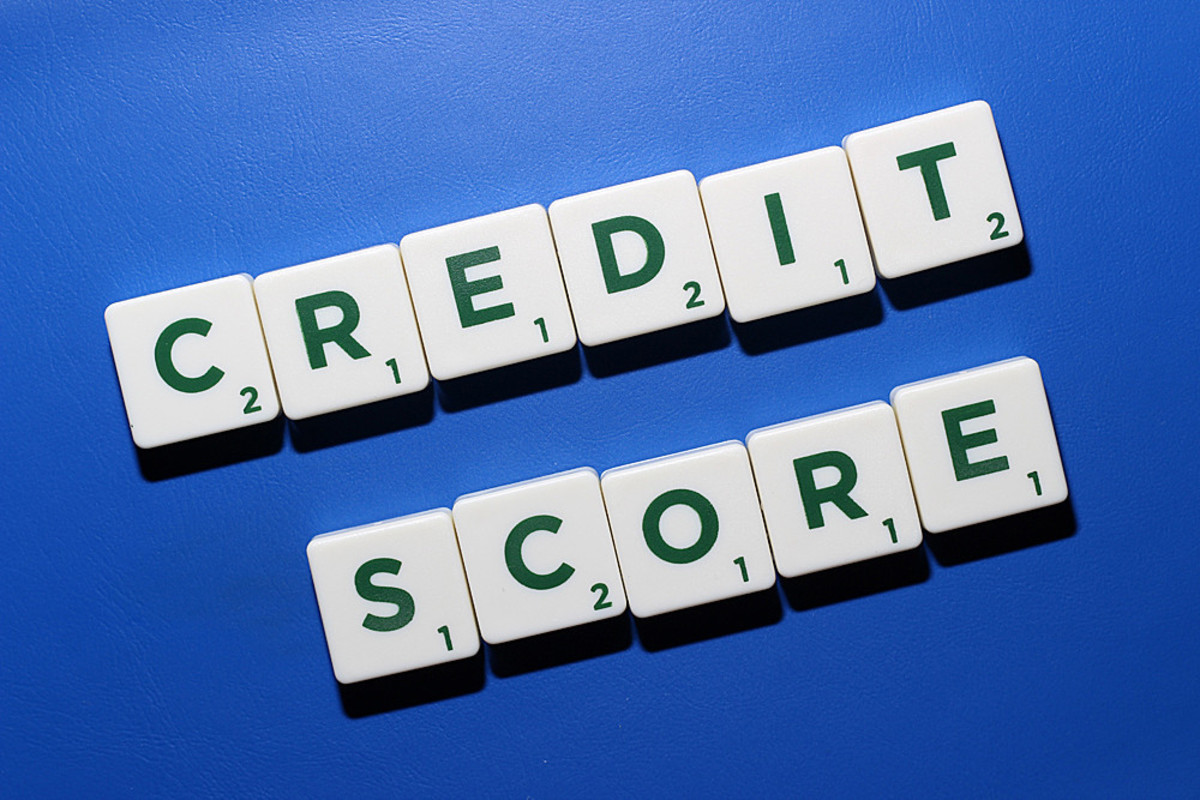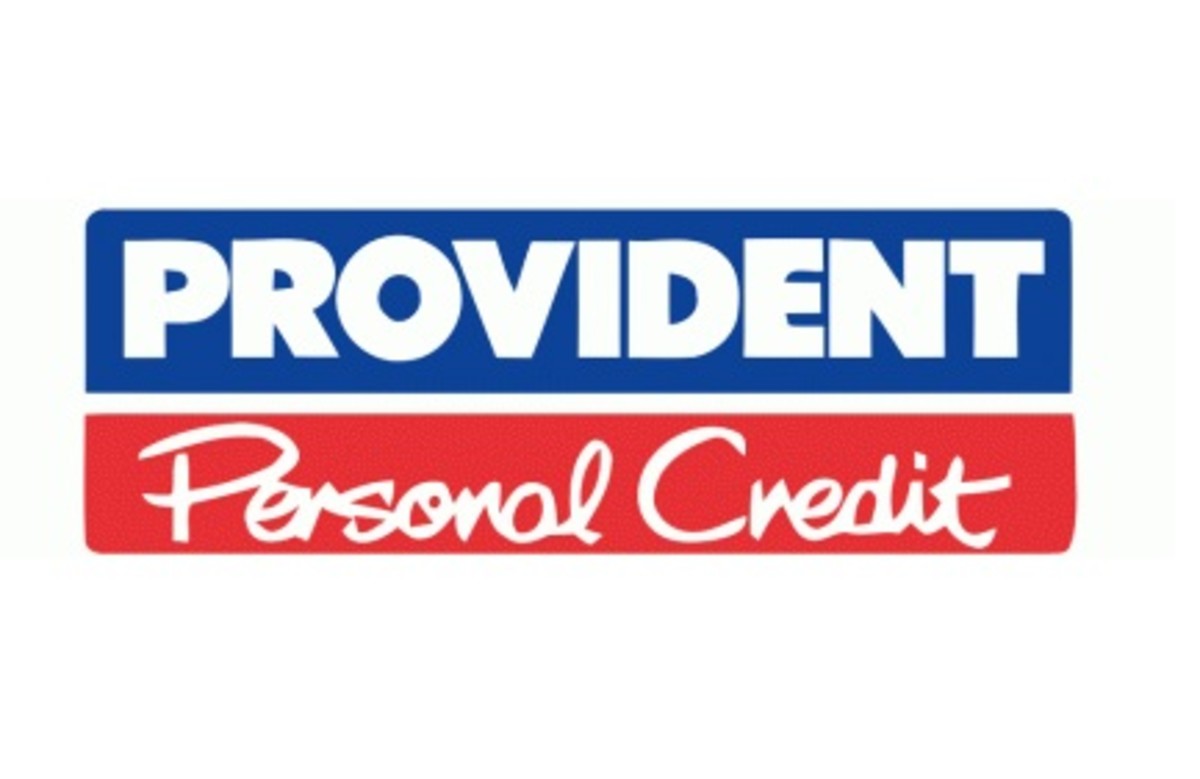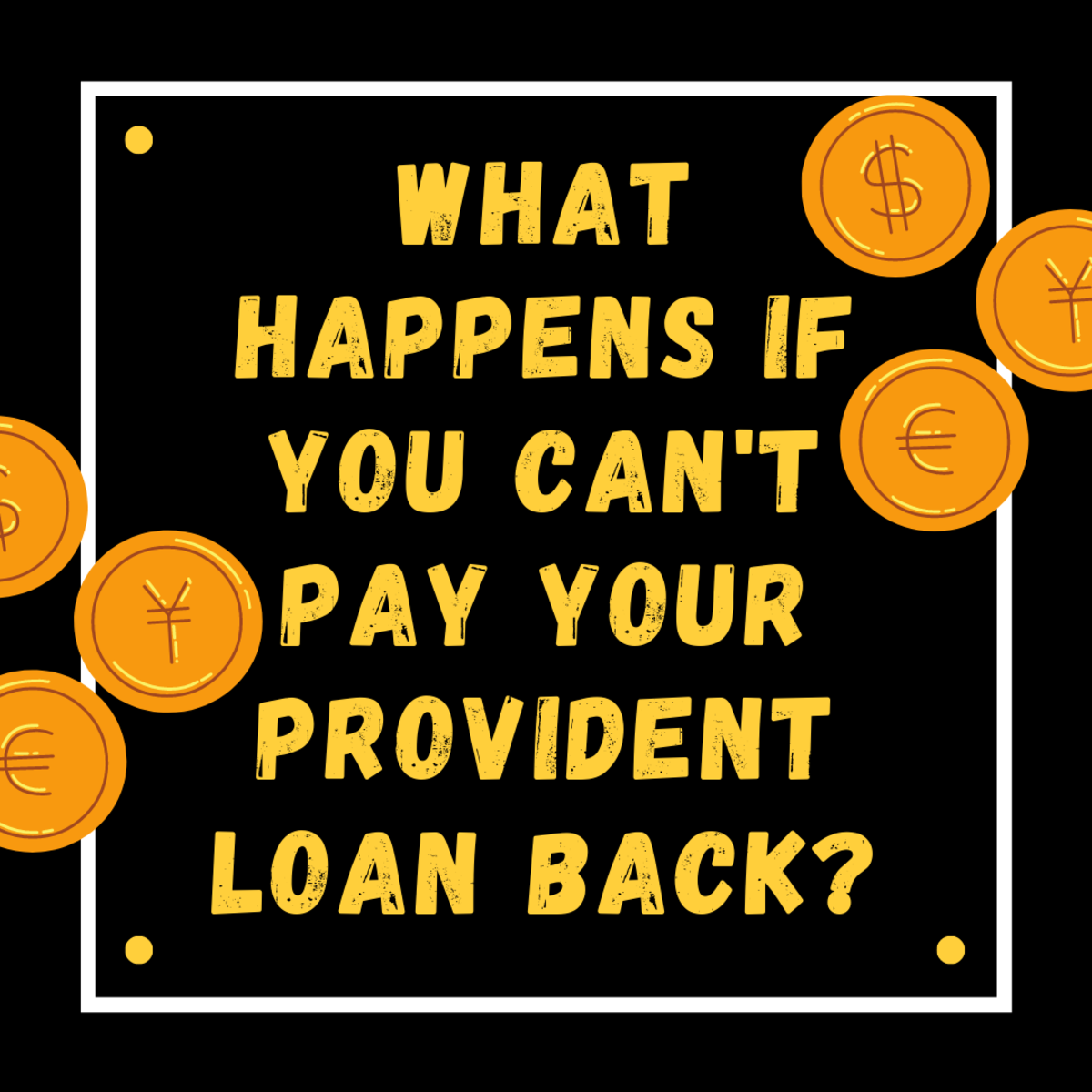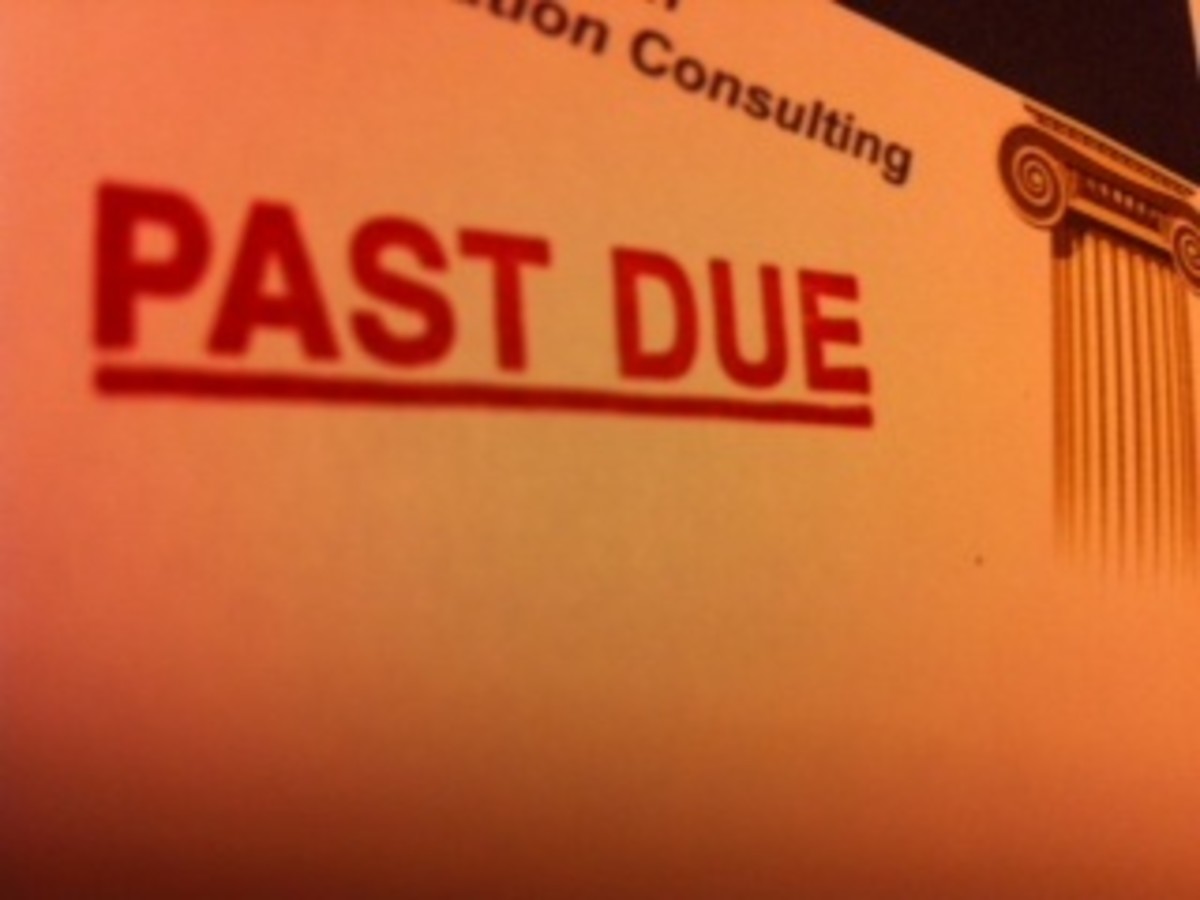Get Out Of Debt Using The Debt Snowball Method
In America, the average amount of credit card debt per household with a credit card is over $14,000. And that's just credit card debt. Most of those households have other types of debt as well: mortgage, line of credit, personal loan, student loan, car payments, etc. It's safe to say that the majority of adults in the U.S. are living with some kind of debt. I've been focusing on paying off my debt since I got out of college three years ago, and I'm finally almost done. I'd like to begin sharing what I've learned about personal finance with others, and I'll start with the debt snowball method of debt reduction.
What Is The Debt Snowball Method?
The debt snowball method is just one of many ways to organize and prioritize your debts. Dave Ramsey, a well-known financial author, is a strong supporter of this particular method. The idea is simple, although it can be a little counter-intuitive. You prioritize your debts by the amount you owe, from smallest to largest. From there, you will make the minimum payment on all debts except for your top priority debt, which will be the smallest debt you currently have. You put as much extra money into that debt as you can each month until it's paid off. From there, you'll attack the next-smallest debt.
This time, you'll make the regular monthly payment for it, plus the amount of the regular monthly payment for the debt you just paid off, plus any additional funds you have at the end of the month. As you pay off each debt, you'll have more freed-up income each month to use to attack the next debt. And since you're starting with the smallest debt first, you'll quickly see results and fewer bills coming in the mail. As you can imagine, this method of debt reduction was named for the visualization of a snowball rolling downhill, accumulating more snow and increasing in size. By paying down your smaller debts first, you'll continually add more and more money onto the monthly payments for your larger debts.
An Example
Let's set up an example to celebrate. Let's say I have the following debts: a credit card balance of $14,000, an auto loan for $4,000, and a student loan of $20,000. First, we'll arrange the debts by amount owed. I'll also show the monthly payments for these debts.
Debt
| Amount
| Monthly Payment
|
|---|---|---|
Auto Loan
| $4,000
| $150
|
Credit Card
| $14,000
| $300
|
Student Loan
| $20,000
| $450
|
Now that we have our debts prioritized, let's look at the amount we can pay on them. Let's say that after all other monthly expenses, we have $1,200 per month to apply to these debts. $900 of that will go toward making the minimum payment on each loan, which leaves us with $300 left over. To start, that $300 will go toward our auto loan, which increases the total monthly payment to $450 ($150 minimum payment + $300 extra.) Ignoring interest, it would take 27 months to pay off this loan with just the minimum. But by applying that extra money to it each month, we can pay it off in as little as 9 months, instead.
Now that we've dealt with the first loan, we can move on to the second loan. Our minimum payment is $300, but we'll add on the $150 that we were paying on the car, plus that extra $300. So now we'll be paying $750 per month on the credit card. It won't be long until we can say goodbye to this debt, as well. And once it's gone, we'll move onto our last debt. For the last debt, we'll be paying a whopping $1,200 per month, rather than the $450 minimum payment! This was a rather simple example, but I hope it shows just how well your 'snowball' can accumulate.
Criticisms
While this method of debt payment is quite popular in the world of personal finance, it does have its drawbacks. By prioritizing your debt by amount owed rather than the interest rate, this isn't necessarily the most efficient way to pay off all your debts. You would save more money in the long run by paying off your debts by order of interest rate, highest to lowest. However, the quick payoffs involved in this method help keep consumers motivated to pay off their debt. If you aim for a high-principal high-interest loan first, it may take years to pay off that first debt. By starting with your smallest debt first, you'll sooner feel the satisfaction of paying off a debt completely, which will encourage you to continue on your journey to financial freedom.
Conclusion
While the debt snowball method isn't for everyone, it can be effective and it is a good way to keep your motivation when faced with a large number of debts. I personally used it to pay off some of my smaller debts (student loans from multiple lenders) to free up extra income each month, in case of an emergency. From there, I chose to prioritize my larger debts by interest rate. It may not be the most efficient way to pay off your debt, but I think it's a great way to start for anybody who has had a hard time paying more than the minimum amount on their debts each month. Paying off that first debt is a great feeling, and it only gets better from there!
That's all I have to share regarding the debt snowball method of debt reduction. Does anyone out there have any questions, comments, or success stories to share?









